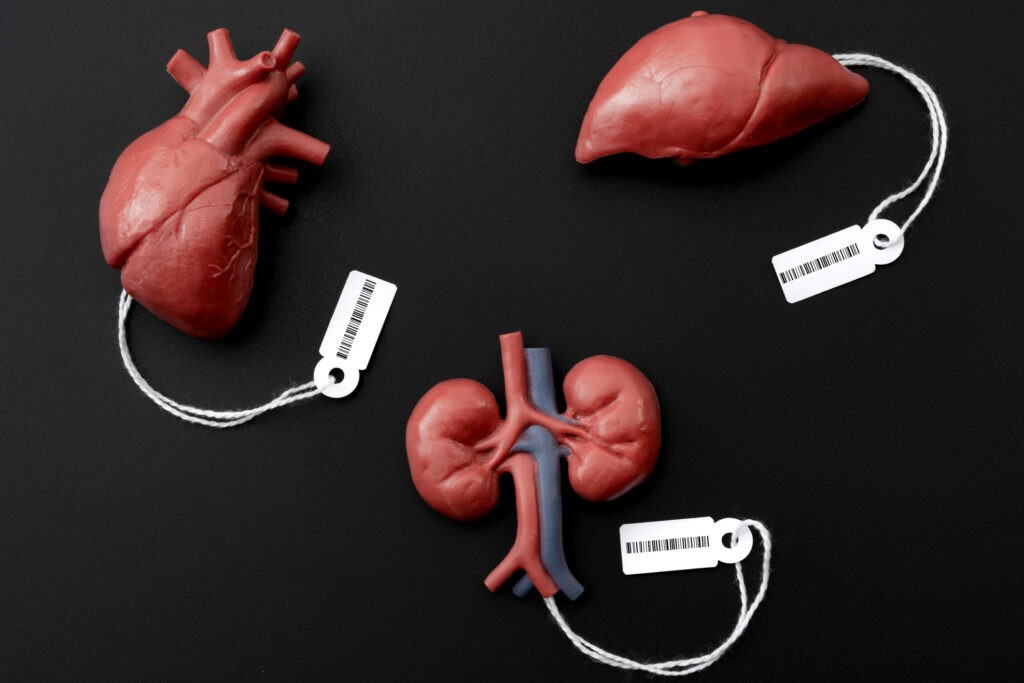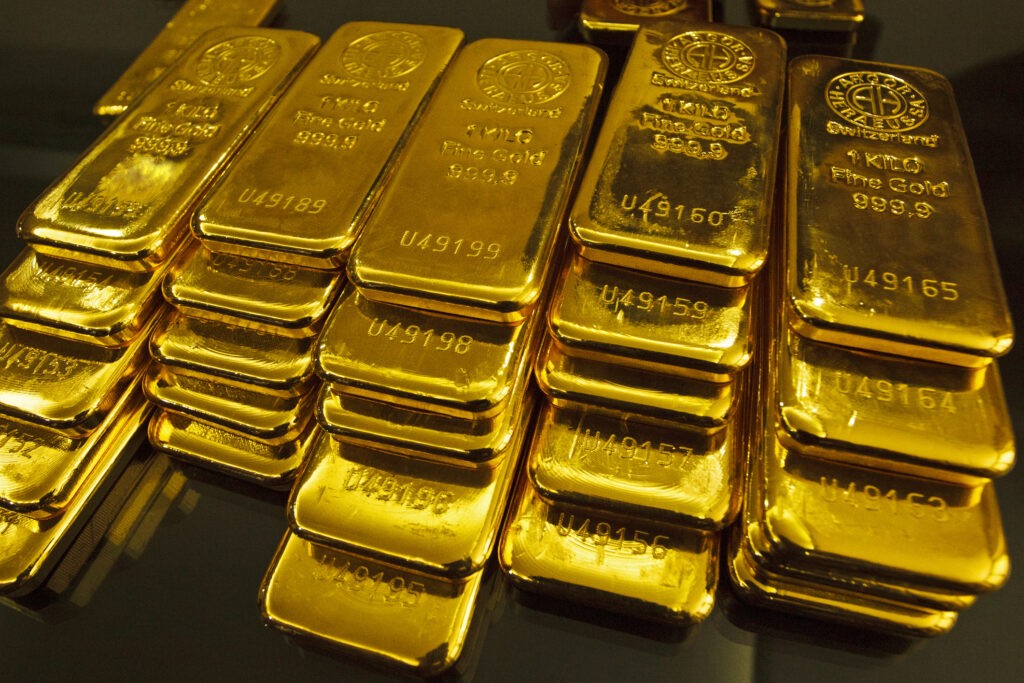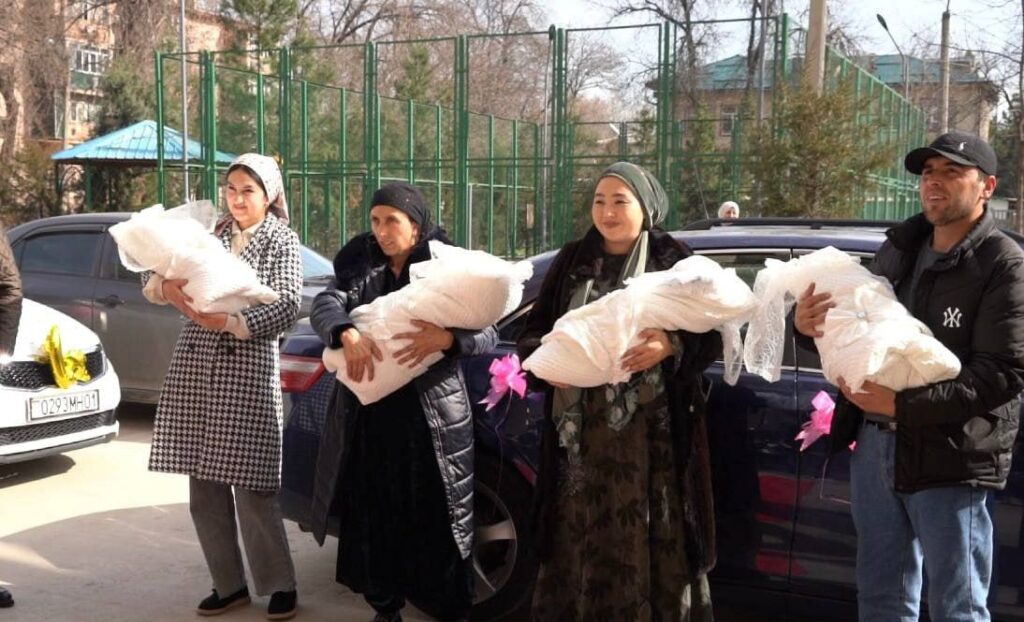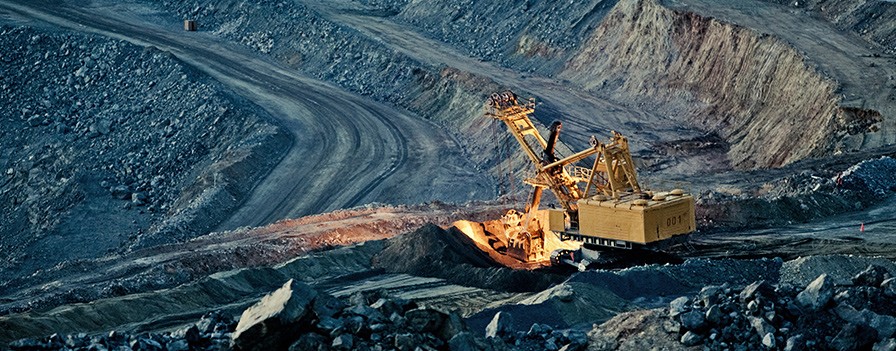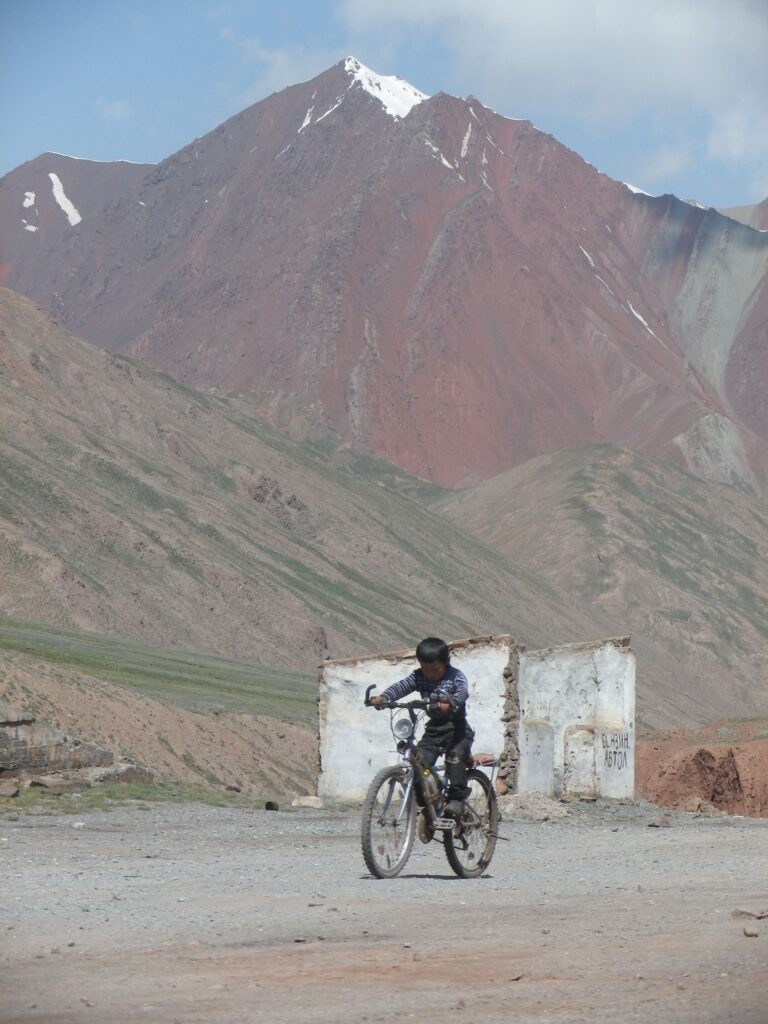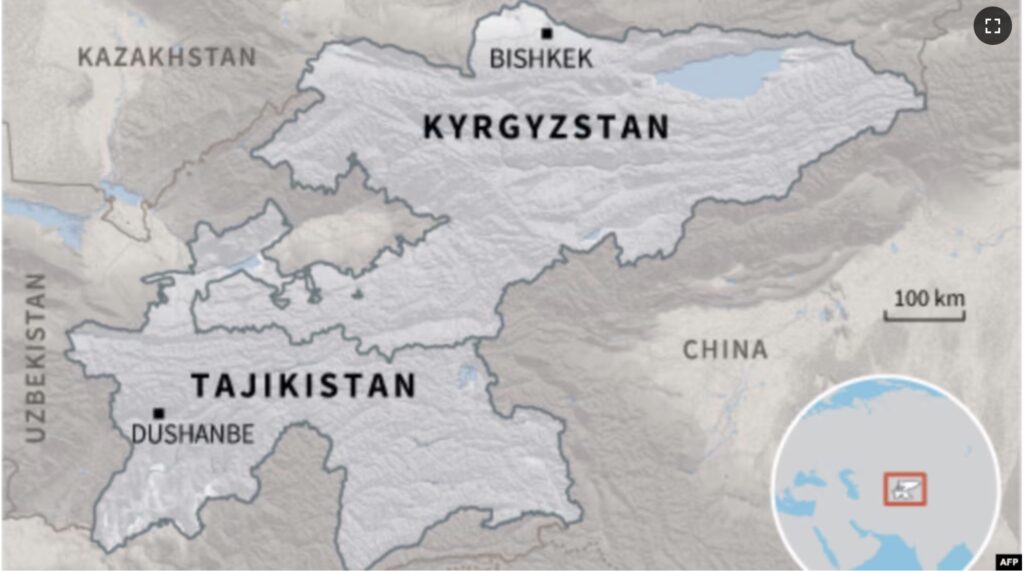All Kyrgyz Citizens in Need of Kidney Transplants to Receive Free Operations
On February 1, 2024, Kyrgyzstan's first free kidney transplant was successfully performed on a 22-year-old girl in a Bishkek hospital. However, about 2,500 Kyrgyz people still have to receive dialysis while they wait for a new organ. All kidney transplants will now be paid for by the state, Kyrgyz health minister Alymkadyr Beishenaliyev said. The Health Ministry said that each patient undergoing dialysis must purify his or her blood of toxic substances several times a week. In the past, many did the procedure at their own expense. The price for three dialysis procedures is about $100, and not every Kyrgyzstani can afford it. Nor can many afford a kidney transplant operation. The state previously covered part of the costs when a person had a disability -- but now the authorities plan to help all those with the most severe kidney issues. "We planned to conduct 50 free surgeries at first. However, after the free surgery the other day, I talked to the president. He said that we should conduct free surgeries for all the needy 2,500 patients who are now receiving hemodialysis. If we perform the surgeries, the money now spent on hemodialysis will be a good saving for the budget," Beishenaliyev said. One kidney transplant operation costs the state $7,500, while dialysis costs $14,000-15,000 per patient per year, he said. It will be more economical for the budget than spending on hemodialysis every time, the minister calculated. Kyrgyz president Sadyr Japarov has taken a personal interest in the issue. The head of state said that 50 patients have already found donors, underwent a full medical examination and are preparing for surgery. "The first benefit is to help our citizens. The second is saving money. There are patients who have been receiving hemodialysis for 10-15 years," the president said. In an interview with the state news agency Kabar, Japarov said that a kidney transplant abroad costs $25,000-$50,000, and that he knows this firsthand because about 10 years ago his brother had such an operation in another country. As a result, his family paid $70,000, including travel expenses and post-operative rehabilitation procedures. Earlier this year, the head of state signed a law on the protection of citizens' health, according to which private and public hospitals in Kyrgyzstan can now perform organ transplants -- provided that the patient is a relative of the donor. Turkish nephrologists and kidney transplant specialists have come to Kyrgyzstan to help develop this field of medicine. Also, a group of Kyrgyz doctors is currently undergoing training in Turkey.


